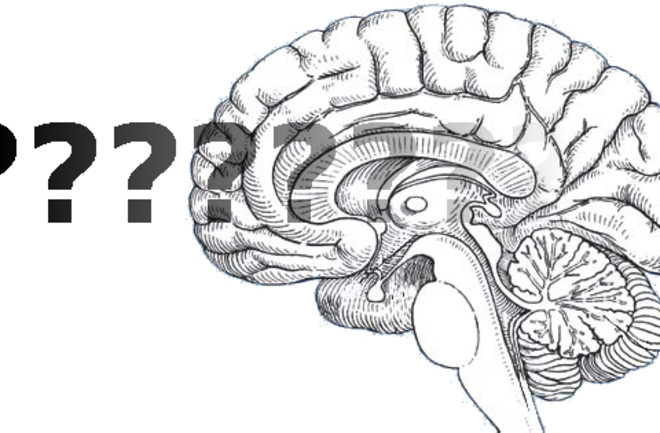As we prepare to say goodbye to 2020, I decided to look back at what had been happening in brain science 100 years ago.
Neuroscience was very different back in 1920 — in fact, the word 'neuroscience' didn't exist yet, and wouldn't be coined for over 40 years. However, I found a remarkable 1920 editorial showing that some of the fundamental questions in neuroscience today were anticipated a century ago.
This editorial was published in the Journal of Neurology and Psychopathology, which exists today under another name.
First off, the author of the editorial adopts a striking military analogy to describe the troubled relationship between psychology and "physiology" (what we today would call neuroscience):
The lack of co-ordination is particularly evident in the combined attack upon the problem of behaviour which is being made by psychology (as it were, from the air) and physiology (as it were, from the trenches). The information obtained by one seems often to be misinterpreted by the other.
Trench warfare was, of course, still fresh in the minds of everyone in 1920. While the World War I analogy seems dated today, the point of this passage is as true as ever: psychology and neuroscience are still approaching the same problem from very different directions with little real coordination.
But the editorial goes on to make an even more prescient point, in my view.
The author examines the question of localization of function in the brain, i.e. what does each part of the brain do? By 1920, scientists knew that lesions of different parts of the brain caused distinct deficits.
For example, it was known that damage to the occipital lobe of the cerebral cortex causes visual deficits, and that the other senses had their own distinct areas of sensory cortex.
Yet, the editorialist points out, it would be a mistake to assume that this lesion evidence tells us "where sensation happens":
We must not suppose that the psychic phenomenon of sensation is localized by the physiologist in these so-called sensory regions. All that is claimed is that these different regions or centres form relay stations for nerve impulses derived from particular classes of stimuli... What is "localized' is but the path of conduction of nerve impulses which may subserve sensation somehow or other; it is not the point in space at which sensation springs full armed as from the brow of Zeus.
In modern terminology, the author was cautioning against the idea that brain functions, and in particular conscious sensations (qualia), can be localized exclusively to particular brain areas, just because those areas are selective for those functions.
This is very much a debate that is still going on, 100 years later. Today, neuroscientists are actively debating whether conscious awareness of sensory stimuli arises from neural activity within the sensory cortex, or whether it involves some further domain-general processing in the frontal cortex. This is a complex discussion, but it revolves around essentially the same issue that the 1920 editorialist raised.


